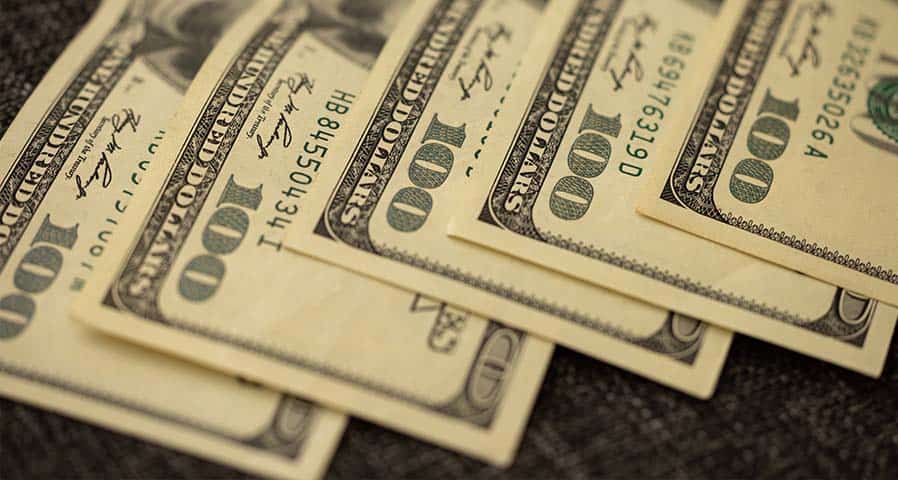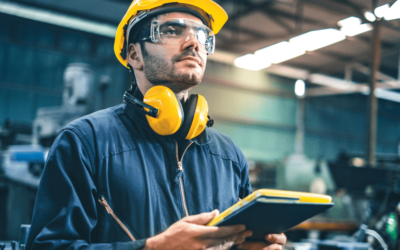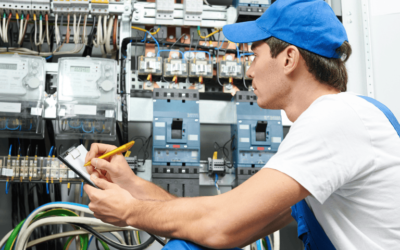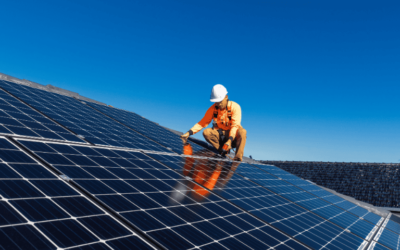Lighting system retrofits are challenging for maintenance and engineering departments. The Energy Independence and Security Act of 2007 (EISA 2007) began phasing out inefficient traditional lights in 2012, but the standard does not specify the type of lighting. All it requires is the retrofit to use 25% less energy than traditional lighting. It can leave facility owners and managers with several questions.
Understanding technical advances, determining the company’s goals, and learning more about the benefits of an upgrade can help managers better plan their LED retrofit strategies.
Technical Updates
While most incandescent bulbs are not phased out by regulations, they are being used less in the workplace.
One reason is the lumens vs watts perspective. Watts measure the energy input and lumens represent the brightness of the light. In order of which types of bulbs require the most wattage to produce the same level of brightness, incandescent lights use the most watts, followed by halogen and compact fluorescent lamps (CFLs). LEDs use the least amount of energy to produce the same level of brightness.
Differences also exist within the various bulb categories. For example, barrel-shaped CLF bulbs are brighter and last longer than incandescent-shaped CFLs.
LEDs have an output of 70-100 lumens per watt. It’s a 5-6:1 advantage over incandescent light bulbs. Material costs for LEDs are also lower. Incandescent bulbs emit 800 lumens using 60 watts. LEDs emit 800 lumens using 12 watts. It’s a five-to-one advantage.
LED technology is now producing higher lumens bulbs with 50,000-hour lifespans, further reducing material costs.
The value of LEDs is apparent in retrofit programs for areas featuring a large number of luminaries. Fewer LEDs are needed to illuminate the area and the bulbs use less energy, resulting in significant savings.
Didn’t see the type of bulb your facility uses in the above section? Don’t worry, we have an entire series dedicated to LED vs. Other Lamps. You can find your current lighting and see what your overall savings would be when retrofitting the LED or Next Gen LED lighting.
Setting Lighting Retrofit Goals
Some common goals in a lighting retrofit are reducing energy and material costs. Reducing the number of bulbs in inventory is another common retrofit goal. Lowering labor costs by reducing bulb replacement frequency while improving and providing consistent lighting is also part of the retrofit.
Combating inflation means meeting these goals and this requires careful planning. Partnering with the right vendors and lighting specialists will help managers find the solution that best meets their goals and budget, while also staying within code regulations.
Scheduling the LED Retrofit
Scheduling an LED retrofit is often complicated. Managers do not want to interrupt the workday, so many lighting upgrades are performed during off times. It allows technicians to easily move through the facility. While scheduling off-hours retrofits can increase costs, careful budgeting managers can plan for the expense.
Schools can schedule their lighting upgrades during the summer or on holiday breaks. Healthcare facilities are typically open 24/7, but there are times when patient admissions times are down. Consider performing the retrofit during the night shift when common areas are less likely to be fully occupied.
Before starting the LED retrofit, include these crucial steps in the planning process.
- Check the existing code for the proper lighting level.
- Look for the best solution that meets the code economically.
- Decide whether spot or group lighting is better for this application.
- Plan the retrofit. Order the lighting needed, if not in inventory.
- Assign the retrofit to a specific individual/s
- Verify that the installed lighting meet the code.
Equipment and Training
All of our Action Services Group technicians are trained in LED retrofit procedures, but it’s also a good idea for facility managers to familiarize themselves with the process.
It is especially important when it comes to bulb disposal. Traditional bulbs typically contain toxic gases that require specialized disposal. For example, incandescent lights either use nitrogen or argon, while Halogen bulbs use methyl bromide or methylene bromine and argon. Fluorescent lamps contain mercury and inert argon.
Even exit signs with a 10-year lifespan require specialized disposal due to the tritium in the sign.
LEDs are different. Most communities allow for the disposal of LED bulbs without paying a fee or requiring a specialized process. This alone can result in significant savings over the years.
Combat Inflation with Action Services Group
If you are ready to learn more about combating inflation with an LED retrofit or Next Gen LED upgrade, contact Action Services Group today to speak with one of our lighting specialists! Call 610-558-9773, email [email protected] or schedule a call.







































0 Comments